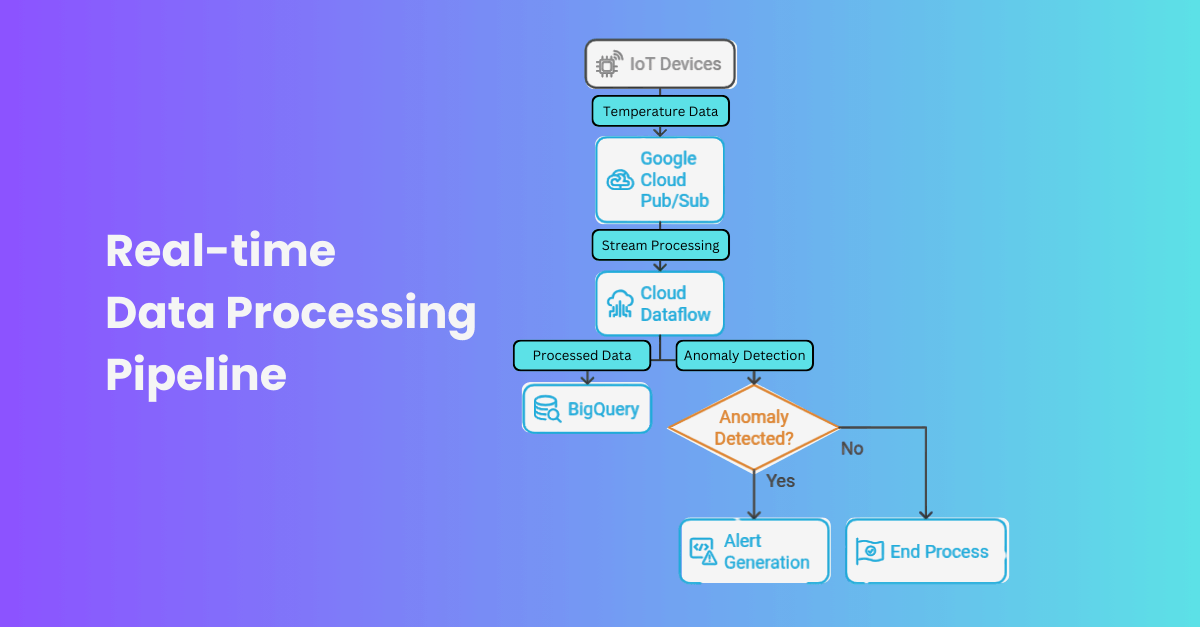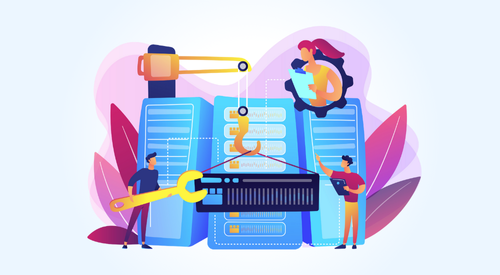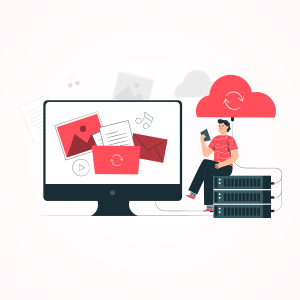

In 2023, the real-time analytics market was estimated at USD 28 billion and is projected to rise to USD 141.46 billion by 2030. Nowadays, real-time analytics have become essential to make sure that competitive companies gain an edge over others. The reliance on cloud computing and IoT devices has led to data growth, thereby fueling the multifold expansion of the real-time analytics market. It provides businesses with the ability to handle data in real-time, allowing for faster decision-making, improved operations, and quick actions on issues. In retail, healthcare, and finance, this technology has become vital, and timely decisions will have a great impact on outcomes.
Gain insights in real-time with advanced data processing tools.
Real-time data processing refers to the ability to acquire, process, and interpret the data as it is produced. As a result, these activities enable the near-instant processing and availability of data. This helps organizations use information in real-time to make informed decisions. Typically, real-time data processing is used in situations where information is expected to be processed and made immediately available, such as in financial markets, e-commerce solutions, and online gaming.
Types of Real-time Data
There are two types of real-time data event and streaming data. Simply put, event data is a record of a change in state, while streaming data is a continuous flow of data. Let’s take a look at each.
- Event Data: Specific incidents at a single point in time are captured by this data category. Events are timestamped to record the time of occurrence and may be continuously generated.
- Streaming Data: Streaming data is the most effective method of providing real-time data to applications. This type of data is a constant, continually updated flow of data. Unlike event data, streaming data need not necessarily have time stamps.
Benefits of Real-time Data Processing
Real-time data processing comes with a lot of benefits, from improving customer experience to making better business decisions. Here are a few benefits that one can get from processing the data in real-time:
- More Precise Timings: Tasks that need to be executed within the precise cycle deadlines(down to microseconds) are performed using real-time systems.
- Greater Reliability and Predictability: Real-time systems increase the dependability of crucial business systems by processing data in defined, predictable time frames, which practically guarantees tasks or workload execution.
- Improved Decision-Making: Businesses can make well-informed decisions by processing the data as it comes. Real-time analytics allows for instant feedback, enabling faster responses to operational and market changes.
- Improved Operational Efficiency: Real-time data processing surpasses traditional batch processing. Traditional batch processing, in contrast, collects and processes data under a predefined schedule, whereas real-time data processing takes place as data is generated. It minimizes latency and enables faster access to actionable insights.
Google Cloud’s Data Processing Framework
With GCP, businesses can manage the data streams efficiently and effectively via its comprehensive suite of tools for real-time data processing with Google Cloud. Key solutions include:
- Cloud Dataflow: Apache Beam is powered by Cloud Dataflow, which offers a single programming model for the creation of data processing workflows. In this setup, the Dataflow runner serves as the execution backend on GCP in this configuration, which further facilitates cost optimization, automatic resource control, and smooth scaling. Developers can create complex data processing pipelines with Cloud Dataflow, a fully managed stream and batch processing service. It supports both real-time and historical data with equal reliability and versatility.
- Cloud Pub/Sub: A messaging service that facilitates real-time event stream ingestion and delivery of event streams. It enables asynchronous communication between the systems by separating the services that generate events from the services that handle them.
- BigQuery: A serverless, affordable, and highly scalable multi-cloud warehouse built for business agility. It supports real-time analytics and can effectively manage large datasets.
Building Real-Time Data Processing Pipeline
Here we will take you through the implementation process of building a real-time data processing pipeline. For illustration, we have chosen to use an IoT temperature monitoring system as the source.
Problem Statement
Deploy a scalable, real-time IoT temperature monitoring system for global warehouses with automated anomaly detection and alerting.
Implementation Steps
For building a real-time data processing pipeline, we need to effectively ingest, process, and store streaming log data. By utilizing Google Cloud Dataflow, we can create a reliable and scalable solution to monitor log errors. The below-mentioned steps outline the process of implementation:
- Data Ingestion
- Use Google Cloud Pub/Sub for real-time sensor data streaming
- Create a Pub/Sub topic for temperature sensor data
- Stream Processing
- Implement Apache Beam/Google Cloud Dataflow pipeline
- Process and analyze temperature data in real-time
- Implement temperature variation check
- Create an alert mechanism for temperature changes
- Storage and Alerting
- Store processed data in BigQuery
- Send alerts to a separate Pub/Sub-topic
- Trigger notifications for extreme temperature variations
Flow Chart
Below is a Python implementation of the real-time data processing pipeline using Cloud Dataflow:

Once the data is stored in BigQuery, various analysis can be performed to derive valuable insights. Analysis Examples for IoT Temperature Monitoring Data in BigQuery:
- Temperature Trend Analysis: Daily and seasonal temperature trends across warehouses to optimize climate control.
- Anomaly Detection: Temperature spikes/drops frequency and impact analysis to identify systemic issues.
- Geospatial Temperature Analysis: Compare temperatures across global locations to assess HVAC efficiency by region.
- Time-based Alerting Pattern: Study alert timing and distribution to identify problematic warehouses and peak alert periods.
- Predictive Maintenance Indicator: Monitor temperature adherence to storage requirements and generate regulatory reports.
Case Study
- IoT-Based Telematic Platform for Ampere EV: Ampere EV has implemented a real-time telematics platform using Google Cloud, that enhances the monitoring of vehicles and helps to provide immediate insights into the vehicle performance and maintenance requirements.
- Telematics Solutions for TVS Automotive: To boost vehicle tracking and diagnostics, TVS Automotive developed a real-time telematics solution using Google Cloud. This deployment demonstrated the scalability and dependability of Google Cloud’s infrastructure by improving fleet management and lowering operational costs.
Conclusion
While real-time data processing with Google Cloud facilitates quicker decision-making, increased operational effectiveness, and better consumer experiences, it is revolutionizing several industries. Cloud Dataflow, Pub/Sub, and BigQuery are a few powerful data-processing tools available on Google Cloud that let the company easily create and build scalable and dependable analytics pipelines. These tools give businesses the ability to process large volumes of streaming data, guaranteeing prompt insights and proactive responses. Niveus Solutions assists businesses in utilizing these tools and technologies to bring in innovation, streamline processes, and stay competitive in a data-driven world. Businesses may secure their data plans for the future and seize new business prospects by utilizing Google Cloud. able Fintech companies to embrace this change. Niveus promotes innovation, improves customer experiences, and streamlines operations by providing customized solutions. With expertise in cutting-edge technologies and a strong understanding of the Fintech industry, Niveus is dedicated to helping companies with their businesses.











